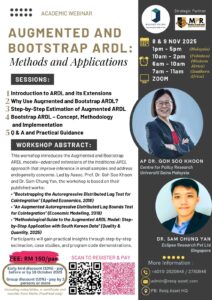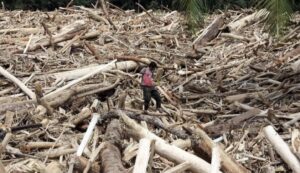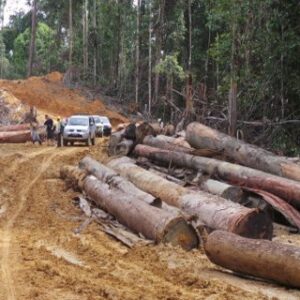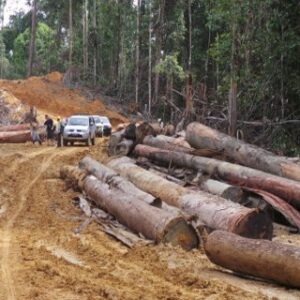The Impact of the Question-and-Answer Method on Reasoning Skills and Scientific Creativity in the Social Studies Subject of Middle School Students in Baghdad
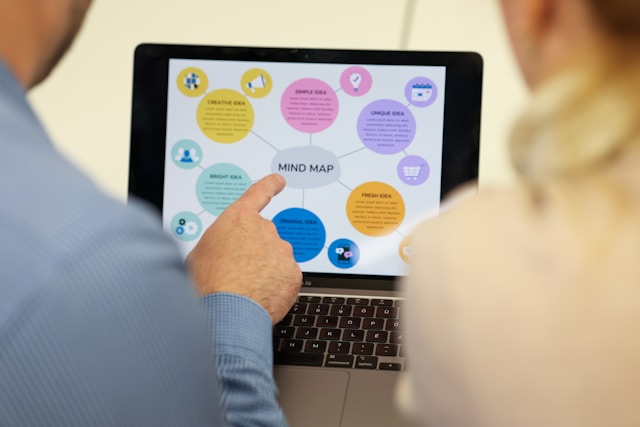
Author(s): Alaa Naeem Saadoon, Mohammad Hassani
Institution: Urmia University, Urmia, Islamic Republic of Iran
Category: Article, IJMMU, Creativity, Education, Learning, Students
Topics: Question and Answer; Reasoning Skills; Scientific Creativity
Abstract: This study aimed to investigate the impact of the question-and-answer method on reasoning skills and scientific creativity in the social studies subject of middle school students in Baghdad. This research was a quasi-experimental design with a pre-test and post-test, using a control group. The target population for this study consisted of all middle school students studying social studies, totaling 2400 students. The selected sample included 40 students who were randomly assigned to an experimental group and a control group (20 students in each group). The research tools in this study included the Abadi Creativity Questionnaire (1363) and the Virginia Shipman Reasoning Skills Questionnaire (1981). The teaching method based on question-and-answer was taught to the group members. Data were analyzed using multivariate analysis of covariance (MANCOVA). The results showed that, according to the data in the table, there was a significant difference between the experimental and control groups in the reasoning skills and scientific creativity scores in the social studies subject of middle school students in Baghdad, with a p-value of 0.05. The question-and-answer method was found to enhance reasoning skills in the social studies subject of middle school students in Baghdad in the post-test phase. Additionally, the results of the multivariate analysis of variance (MANOVA) indicated a significant difference between the experimental and control groups in the fluency, elaboration, flexibility, and originality scores in the social studies subject. According to the data, there was a significant difference between the two groups in these measures, with a p-value of 0.05. The test power was 1, indicating the adequacy of the sample size. It is suggested that teachers use group question-and-answer sessions where students can discuss their answers with each other before sharing them with the class. This collaborative approach promotes respectful listening, encourages diverse perspectives, and strengthens peer relationships.
Article can be downloaded here >> The Impact of the Question-and-Answer Method on Reasoning Skills and Scientific Creativity in the Social Studies Subject of Middle School Students in Baghdad



